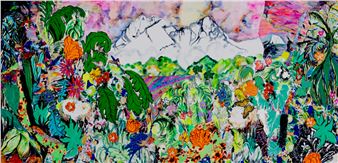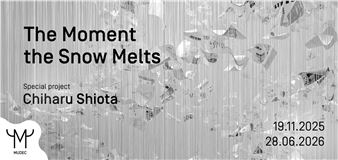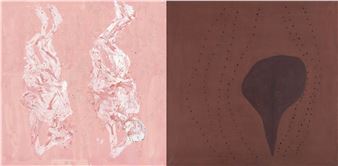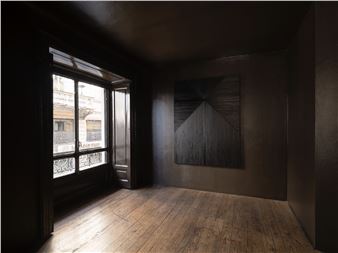Now and Ever. Pattern and Decoration
Stimuli for interpretation of todayвҖҷs world often come from fragments of history, especially those less well known, awaiting discover or rediscovery. Starting from the easily demonstrable premise that minimalism, particularly in American art, has represented a dominant line extending to the present, there are nevertheless cultural and visual variants that have delved into decorative attitudes, the coexistence of вҖңextraneousвҖқ materials arriving from minor forms or from mass culture.
Today we are more apt to talk about contaminations, and the ongoing exchanges between high and low are a coherent legacy of the postmodern. But this was not the case in the 1970s, and in fact the short-lived adventure of Pattern and Decoration represented an exception that can now be interpreted as an absolutely foresighted expressive phenomenon.
Pattern and Decoration began in New York in 1975, not exactly as a movement or a group, but more like one of the most significant reactions to minimalism and conceptual art. A number of abstract painters of different generations вҖ“ such as Valerie Jaudon, Joyce Kozloff, Miriam Schapiro вҖ“ gathered in Manhattan to talk about new decorative trends. Pattern and Decoration took concrete form in a series of public encounters, events and conferences, and in the first group show Ten Approaches to the Decorative. Critical acclaim came immediately, along with commercial success. Supported and promoted by the gallerist Holly Salomon first and influential critics of the time, Pattern and Decoration achieved good visibility both in America, with the exhibition Pattern Painting at PS1, and in Europe, thanks to the first overseas exhibition at Palais des Beaux Arts in Brussels.
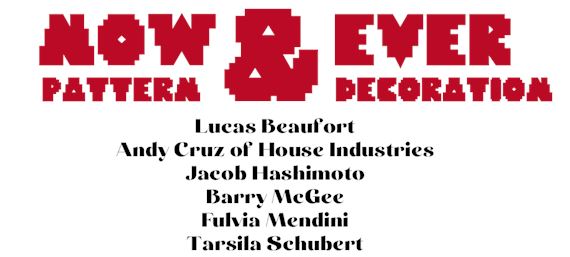
Recommended for you
Stimuli for interpretation of todayвҖҷs world often come from fragments of history, especially those less well known, awaiting discover or rediscovery. Starting from the easily demonstrable premise that minimalism, particularly in American art, has represented a dominant line extending to the present, there are nevertheless cultural and visual variants that have delved into decorative attitudes, the coexistence of вҖңextraneousвҖқ materials arriving from minor forms or from mass culture.
Today we are more apt to talk about contaminations, and the ongoing exchanges between high and low are a coherent legacy of the postmodern. But this was not the case in the 1970s, and in fact the short-lived adventure of Pattern and Decoration represented an exception that can now be interpreted as an absolutely foresighted expressive phenomenon.
Pattern and Decoration began in New York in 1975, not exactly as a movement or a group, but more like one of the most significant reactions to minimalism and conceptual art. A number of abstract painters of different generations вҖ“ such as Valerie Jaudon, Joyce Kozloff, Miriam Schapiro вҖ“ gathered in Manhattan to talk about new decorative trends. Pattern and Decoration took concrete form in a series of public encounters, events and conferences, and in the first group show Ten Approaches to the Decorative. Critical acclaim came immediately, along with commercial success. Supported and promoted by the gallerist Holly Salomon first and influential critics of the time, Pattern and Decoration achieved good visibility both in America, with the exhibition Pattern Painting at PS1, and in Europe, thanks to the first overseas exhibition at Palais des Beaux Arts in Brussels.

 ARTISTS
ARTISTS











